
Relógio do Sol
A historical sundial monument offering panoramic views and a glimpse into ancient timekeeping.
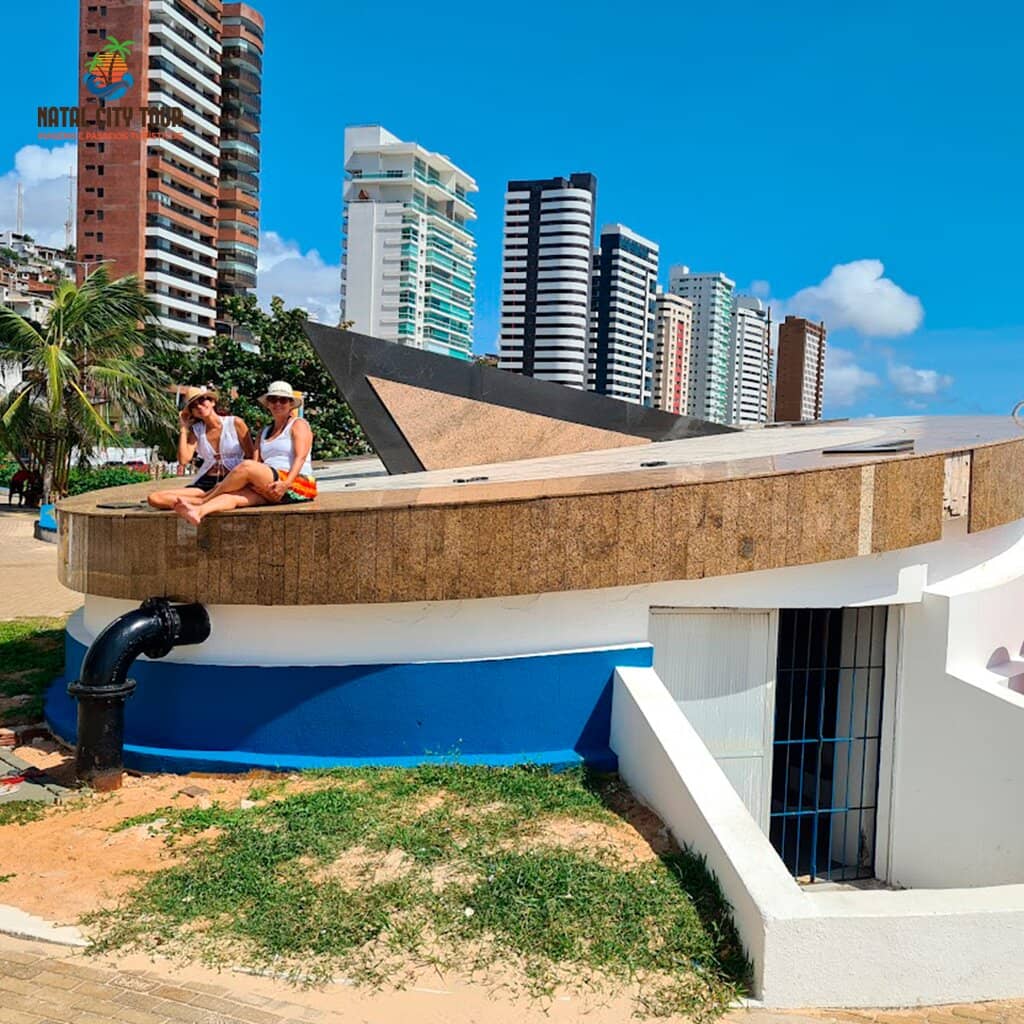
Highlights
Must-see attractions

Social
From TikTok & Reddit
Best Time
Softer light, fewer crowds

Relógio do Sol
Best Time
Softer light, fewer crowds

Highlights
Must-see attractions
A historical sundial monument offering panoramic views and a glimpse into ancient timekeeping.
"A unique historical landmark with beautiful views, perfect for a quick, educational stop."
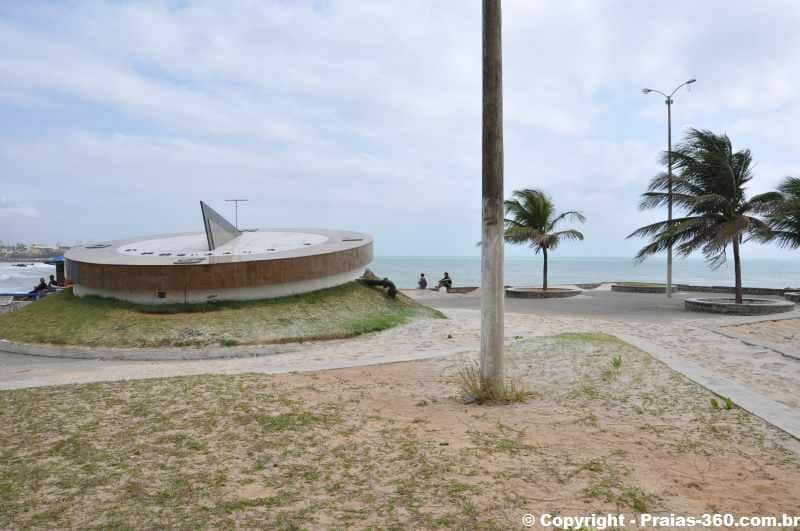
📸 Perfect Photo Spot
Capture stunning shots during golden hour for that magical glow.
🚶♀️ Explore the Surroundings
Don't just see the sundial; take time to enjoy the coastal views.
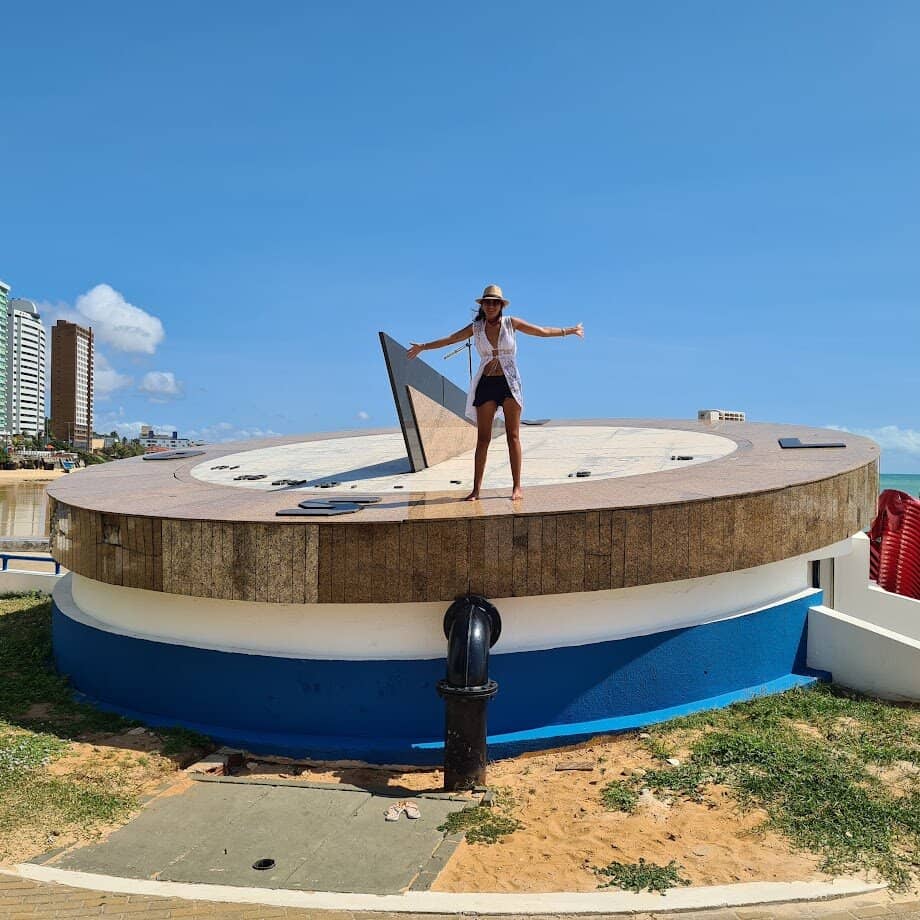
Highlights
Discover the most iconic attractions and experiences
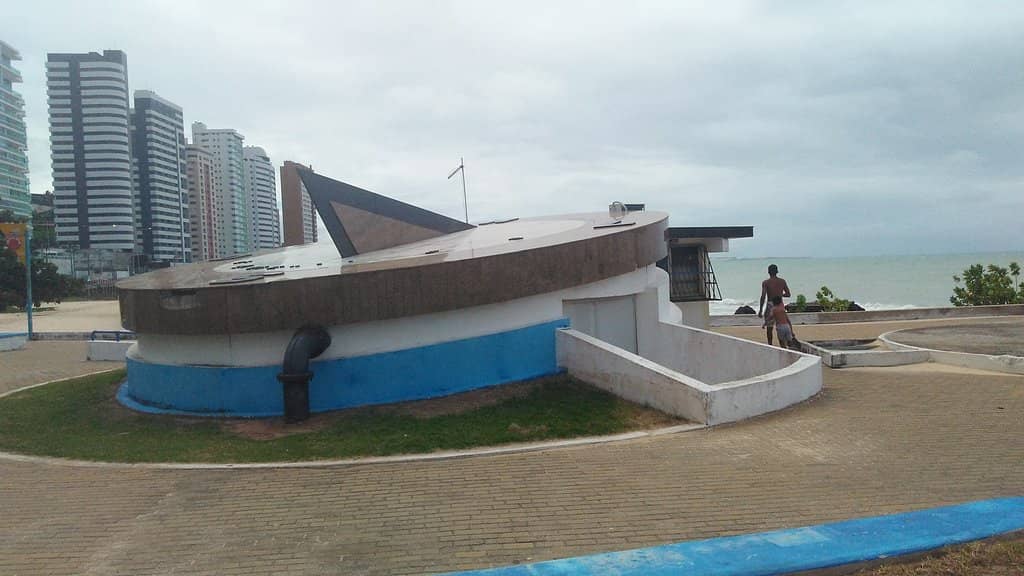
The Sundial Mechanism
Central structure
Witness the ingenious design of this ancient timekeeping device, powered by the sun's movement.
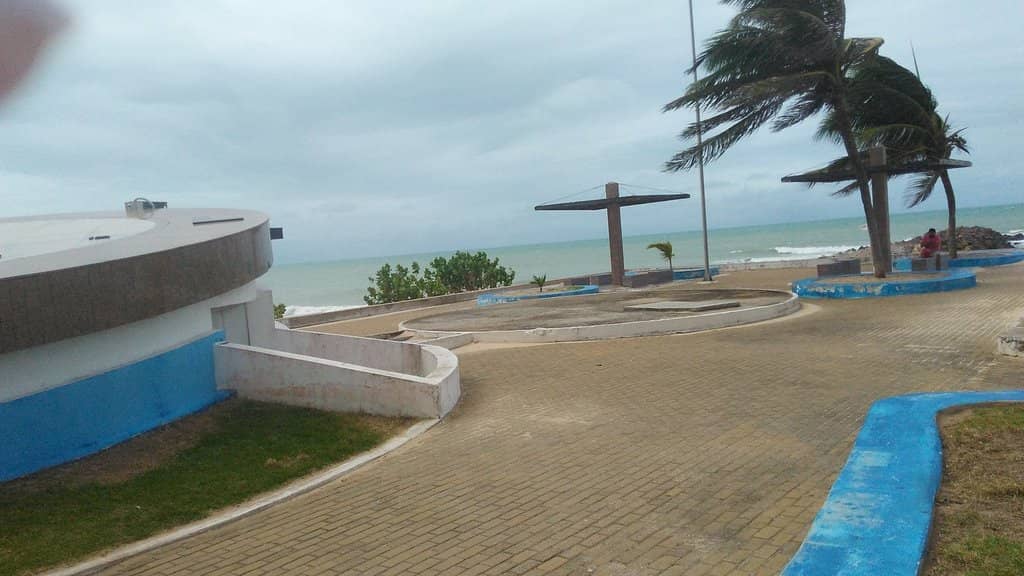
Panoramic Views
Surrounding area
Enjoy breathtaking vistas of the coastline and city from this elevated vantage point.
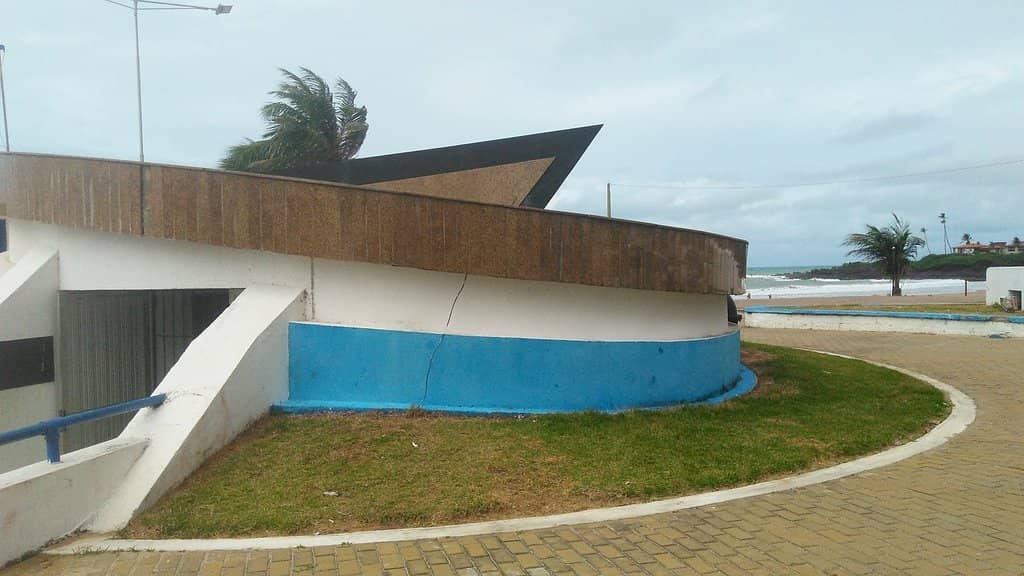
Historical Significance
Monument base
Learn about the monument's role as a historical landmark and its connection to the city's past.
Plans like a pro.
Thinks like you
Planning Your Visit
Timing is Key for the Best Views
Understand Its Purpose
Best Times
Insider Tips
from TikTok, Instagram & Reddit
📸 Perfect Photo Spot
Capture stunning shots during golden hour for that magical glow.
🚶♀️ Explore the Surroundings
Don't just see the sundial; take time to enjoy the coastal views.
☀️ Understand Its Function
It's a sundial! Appreciate its historical and scientific value.
📍 Check Local Listings
Confirm opening hours and any local events happening nearby.
Tips
from all over the internet
📸 Perfect Photo Spot
Capture stunning shots during golden hour for that magical glow.
🚶♀️ Explore the Surroundings
Don't just see the sundial; take time to enjoy the coastal views.
☀️ Understand Its Function
It's a sundial! Appreciate its historical and scientific value.
📍 Check Local Listings
Confirm opening hours and any local events happening nearby.
What Travellers Say
Reviews Summary
Visitors often appreciate the Relógio do Sol for its historical significance and the scenic views it provides. It's seen as a unique landmark that offers a glimpse into ancient timekeeping methods. However, some find it to be a brief stop with limited activities beyond viewing the monument itself.
""
MARY SANTOS
What People Like
What People Dislike
Frequently Asked Questions
🚇 🗺️ Getting There
The Relógio do Sol is often accessible by car or local transport. Many visitors arrive by car and find parking nearby. Some travel vlogs mention it as part of a larger itinerary for coastal cities, suggesting it's a stop that can be easily integrated into a day of sightseeing.
Public transportation options can vary by city. It's advisable to check local bus routes or ride-sharing services for the most up-to-date information. Some areas might have limited service, so planning ahead is key.
From the city center, a taxi or ride-sharing service is often the most convenient option. If you're exploring multiple attractions, consider a rental car for flexibility.
Some local tour operators may include the Relógio do Sol in their itineraries, especially those focusing on historical landmarks or coastal drives. It's worth checking with local tourism offices or online tour platforms.
Accessibility can vary. While the main monument might be visible from accessible points, some areas might have uneven terrain or stairs. It's recommended to check specific accessibility information if needed.
🎫 🎫 Tickets & Entry
Generally, the Relógio do Sol is an outdoor monument and often free to access. However, it's always a good idea to confirm with local tourism information, as some locations might have specific viewing areas or associated costs.
As an outdoor monument, the Relógio do Sol is typically accessible during daylight hours. However, specific park or area hours might apply, so checking local guides is recommended.
Most sundials and historical markers like the Relógio do Sol are free to visit. They are often part of public spaces or viewpoints.
While the monument itself might be visible, visiting at night is generally not recommended for safety and optimal viewing of the sundial's function. Daylight hours are best.
Standard public space rules usually apply. Respect the monument, avoid littering, and be mindful of other visitors.
📸 📸 Photography
The 'golden hours' – shortly after sunrise and before sunset – offer the most beautiful light for photography, creating dramatic shadows and warm tones.
You can capture close-ups of the sundial mechanism, panoramic shots of the surrounding landscape, and historical details of the monument.
Drone regulations vary significantly by location. It's crucial to check local aviation authorities and park rules before flying a drone.
For daytime shots, a standard aperture like f/8 can ensure sharpness. For golden hour, consider a slightly wider aperture and adjust ISO for low light. Experimentation is key!
The area around the monument often provides elevated viewpoints. Explore the immediate vicinity to find the best angles that capture both the sundial and the scenery.
For Different Travelers
Tailored advice for your travel style
👨👩👧 Families with Kids
Look for sundials located in parks or near beaches, as these often offer additional amenities like playgrounds or picnic areas. The visual aspect of the sundial and the surrounding views can keep younger children engaged. Remember to bring snacks and water, as facilities might be limited at some locations.
📸 Photography Enthusiasts
Experiment with different angles and focal lengths to capture the monument's details and its relationship with the environment. Consider the time of day to leverage the best natural light. Many sundials are located in picturesque settings, making them ideal subjects for landscape and architectural photography.
Deep Dives
In-depth insights and expert knowledge
The Science and History of Sundials
Historically, sundials were not just functional but also artistic and architectural marvels. They were often found in public squares, gardens, and religious buildings, serving as both timekeepers and decorative elements. The accuracy of a sundial depends on its design, the latitude of its location, and the alignment of its gnomon with the Earth's axis. While they don't account for daylight saving time or variations in the solar day, they represent a fundamental understanding of astronomy and physics.
Many cities around the world feature historical sundials, each with its own unique story and design. The Relógio do Sol in various locations often serves as a reminder of this rich history and the ingenuity of past civilizations. They are not just relics but living examples of scientific principles that have guided humanity for millennia.
Relógio do Sol as a Landmark
Beyond its function as a timekeeping device, the Relógio do Sol frequently offers panoramic views of the surrounding area, including coastlines, cityscapes, or natural landscapes. This makes it a popular spot for visitors seeking scenic vistas and photo opportunities. The elevated position often associated with these monuments enhances their role as vantage points.
When visiting a Relógio do Sol, it's an opportunity to connect with the local history and culture. Many are integrated into public spaces, parks, or promenades, encouraging leisurely exploration and appreciation of the site's heritage. They are often featured in travel guides and social media as must-see attractions.


Social
from TikTok, Instagram & Reddit